42% of firefighter fatalities are related to overexertion and heat stress. 12% are related to fatal assaults and gunshots.[i] Overexertion and heat stress are well-known and understood phenomenon in the fire service and great strides have been made to improve overall fitness and the effectiveness of personal protective equipment (PPE). With the emergence of the active shooter threat and the national efforts to implement Rescue Task Force (RTF) principals we’ve had to implement an entirely new (to the fire service) type of PPE – body armor. To mitigate this threat, many jurisdictions simply bought surplus body armor used by law enforcement and the military. What was not considered were the dramatically different applications this PPE was going to be used in and the underlying mission capabilities the PPE needed to support.
On the surface, any old plate carrier would seem to suffice; however, this is proving to be a dangerous assumption. Older-style, external body armor plate carriers have a general design to provide maximum coverage of the upper body while newer styles tend to favor specific threat profiles AND the environments they will be used in. In short, we’ve been putting our firefighters and EMTs in heavy turtle suits and demanding that they repeatedly drag people to safety. Moving people out of harms way is not a new skill for firefighters, its rare that any one firefighter would be responsible for moving multiple patients, however, recent incidents show that Vegas style mass casualty incidents are growing in frequency and severity worldwide and to protect our responders we must improve PPE to have a better fit to enhance biomechanical efficiency (reduce exertion), facilitate cooling (minimize heat stress), and be as easily donned as bunker gear (provide protection against gunshots and fatal assaults).
Enter Backbay USA’s Ripper composite system armor carrier. Designed and built by a former US Navy Special Amphibious Reconnaissance Corpsman (SARC) with combat experience with some of the USMC’s and US Navy’s most elite units. The Ripper is the lightest armor carrier system I’ve encountered weighing in just under 1lb… no, that’s not a typo. Built from Tegris and Dyneema this system is literally stronger than steel and lighter than carbon fiber. It doesn’t stop there. The cut of the plate carrier is designed to facilitate swimming while wearing a full-sized shooter’s cut plates which means the Ripper system provides more freedom of movement than traditional materials would allow. It is also compatible with all standard Molle accessories, is completely hydrophobic (meaning it doesn’t stretch or sag like nylon and wont hold moisture and stink like nylon-based systems do).
If you were at the Warrior West Expo in San Diego hosted by ADS, Inc then you had a chance to see it on display at the Strategic Rescue Products booth (SRP). The SRP booth was one of the busiest of the show and all manner of SEALs, SWAT, Emergency Response members and pretty much every attendee was busy trying Backbay’s armor carriers on.
Navy SEAL from ST5 who also happens to be a firefighter trying the system on.
I configured a Ripper system in a Rescue Task Force setup with Level III+ plates, medical and extraction components and ran it through its paces. The Ripper delivered on every front. Even using my nylon medical and extraction accessories (The Ripper system has Dyneema accessories available but only the plate carrier was used for this evaluation) I reduced my kit’s weight by just over 2 pounds. In a world where ounces equal pounds and pounds equal pain, this was a huge improvement. The open design facilitated heat dispersion, the carrier held everything in place despite deliberately soaking it in water and showed only minor scuffs after repeatedly dragging the kit over concrete (my nylon accessories did not hold up as well with holes and torn stitching necessitating replacement).
To sum it all up, this is truly a high-speed/ low-drag system. It is the lightest, most durable and most comfortable system I’ve used to date. The Ripper system reduces exertional heat stress, facilitates cooling and makes wearing III+ (or higher) armor more practical for medical providers and rescuers. I have no doubt that those looking to utilize the Ripper system in any non-permissive environment will find its attributes just as impressively functional as I have found it to be in the Rescue Task Force application.
The Ripper retails for $1200.00 and comes in Multicam, Coyote Brown, Coyote Tan, Black/Natural, and Olive Drab
Dyneema is a gel-spun, multifiliment fiber created from ultra high molecular weight polyethylene which is currently being used in U.S. Armoured Vehicles This gel-spun, multifiliment fiber created from ultra high molecular weight polyethylene has the following properties:
-Chemically resistant (Most existing chemicals)
-Low density
-Invisible to ultra violet light & thermal imaging devices (UV light will not break it down over time, long use and exposure)
-Hydrophobic
-Fire resistant & self extinguishing (Excellent for Battle Field conditions)
-Withstand extreme hot and cold temperatures (Desert and Cold environment ready)
-Biologically inert and does not react to micro organisms (Sweat or biological organisms from the human body.)
-High electrical resistance
-Very high strength. (On a weight by weight basis Dyneema is 15x stronger than steel and is 40% stronger than any other aramid fiber(Kevlar) on the market)
Tegris is a 100% polypropylene composite thermoplastic composite which provides impact resistance and stiffness at a lighter weight than traditional thermoplastics and composites. Tegris fabrics are woven from specially engineered tape yarns, which are manufactured with three polymer layers in an ABA construction. The outer, or ‘A’ layers melt at a lower temperature than the core ‘B’ layer. To consolidate, multiple layers of fabric are stacked together and heat and pressure is applied to form a rigid, impact resistant part .Tegris is currently being used in U.S. Armour Vehicles. It has the following properties:
-High Impact Resistant
-Extreme Stiffness with rigid construction
-Extreme weight reduction (reducing weight in the overall construction)
-Fire resistant
-Chemically resistant
-Low acoustic resonates
-Extreme temperature resistance
*Custom made and shipped within 30 days
Justin Overholt
Current professional Firefighter/Paramedic/Technical & Tactical Rescue Technician
Former USMC Force Recon and Special Forces Medical Sergeant
[i] https://www.nfpa.org/News-and-Research/Fire-statistics-and-reports/Fire-statistics/The-fire-service/Fatalities-and-injuries/Firefighter-deaths-by-cause-and-nature-of-injury
*The views and opinions expressed on this website are solely those of the original authors and contributors. These views and opinions do not necessarily represent those of Spotter Up Magazine, the administrative staff, and/or any/all contributors to this site.


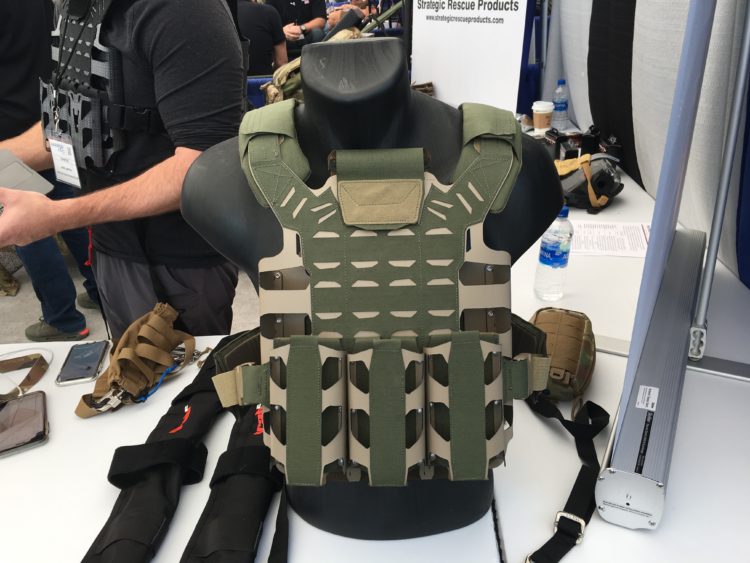
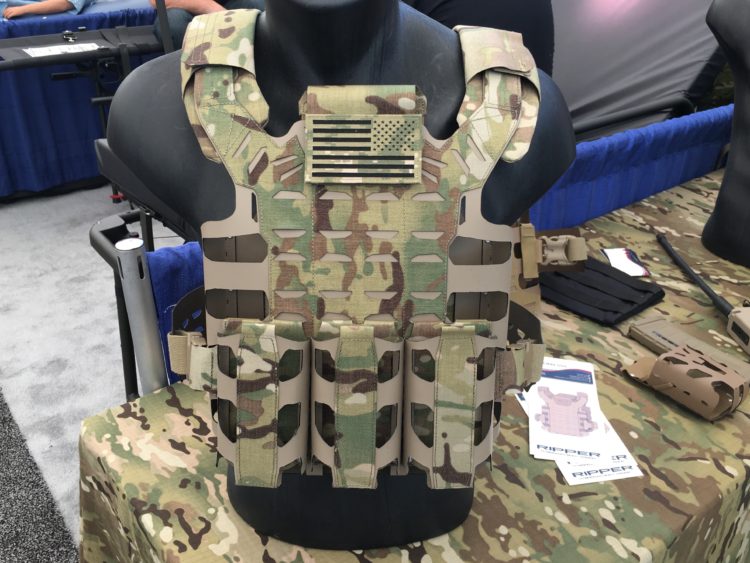
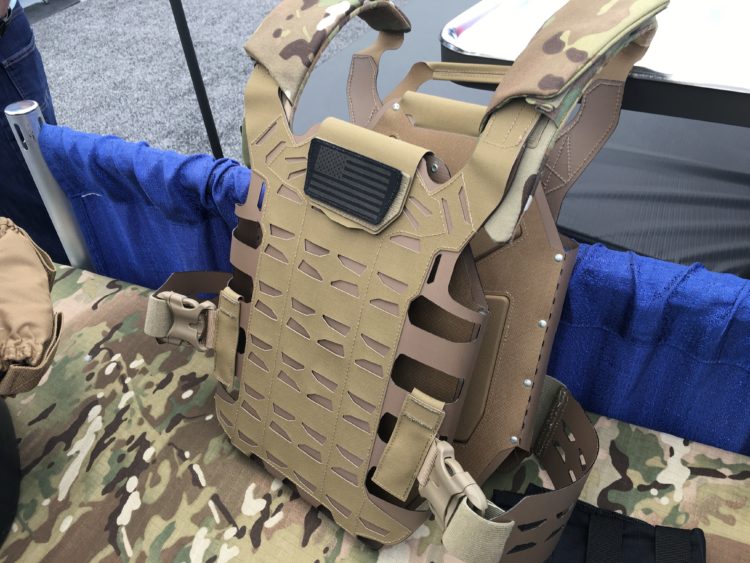
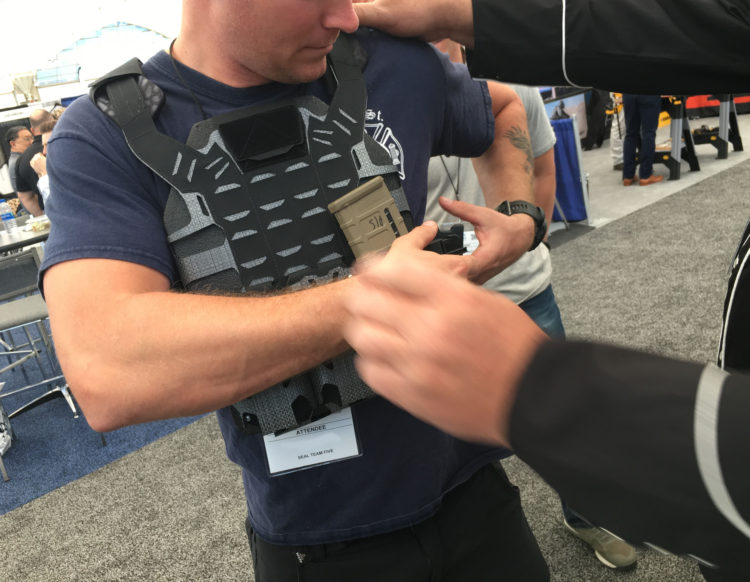
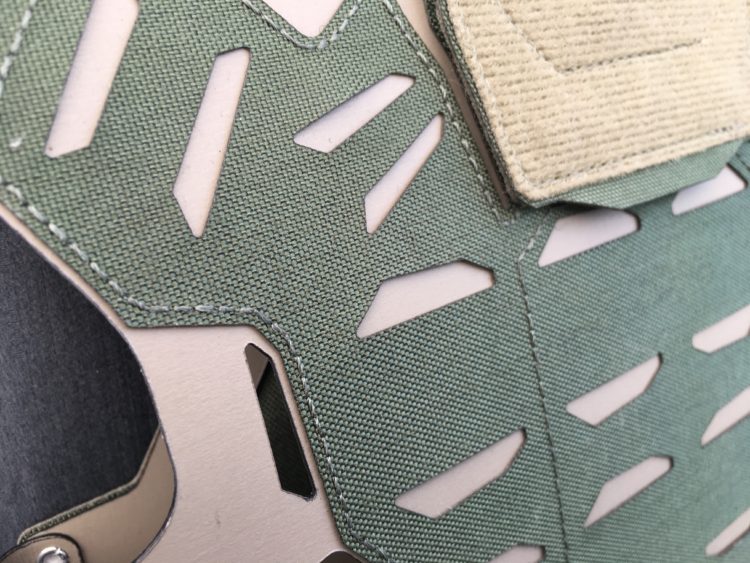
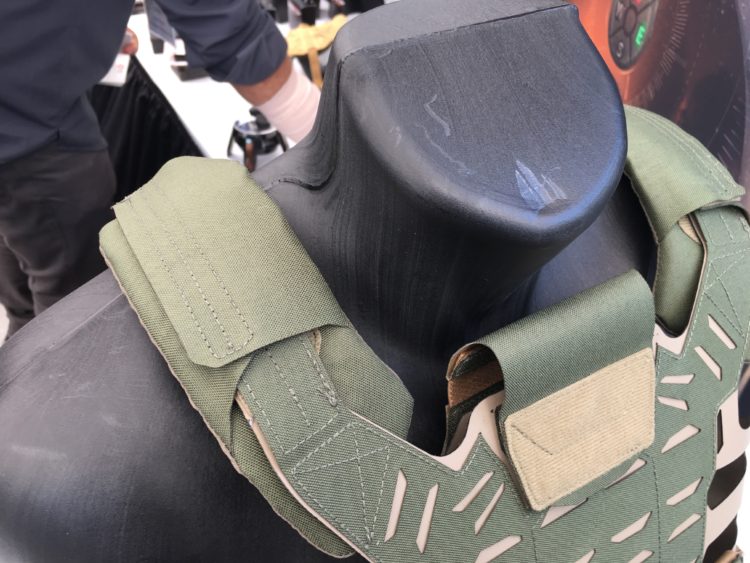
1200!?
Tasmanian Tiger has the same style durable, lightweight, minimalistic, but fully modular setup for about 200$.
https://www.asmc.com/tasmanian-tiger-plate-carrier-qr-sk-anfibia-khaki
I’ve worn it for 2 years in Kandahar every day outside the wire in the worst environments, its tough, comfortable, and I have a ton of kit on it.
Im sorry but these guys are nuts.